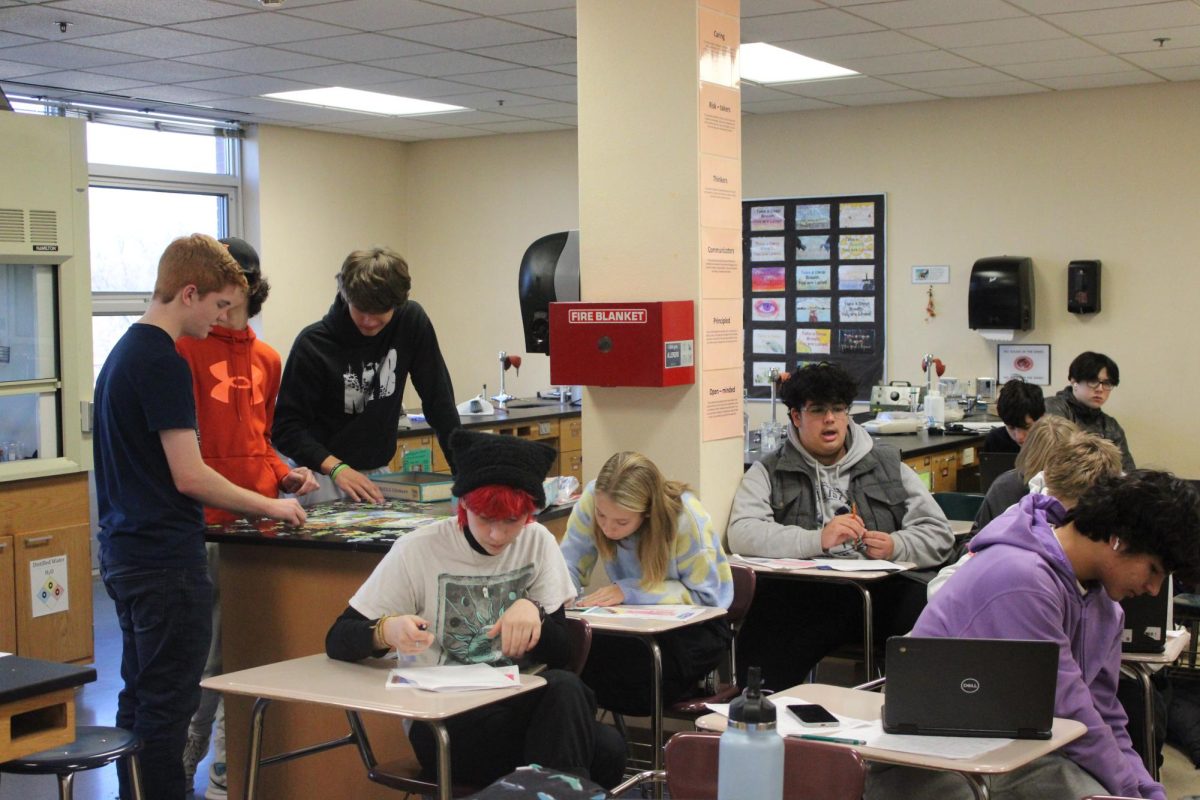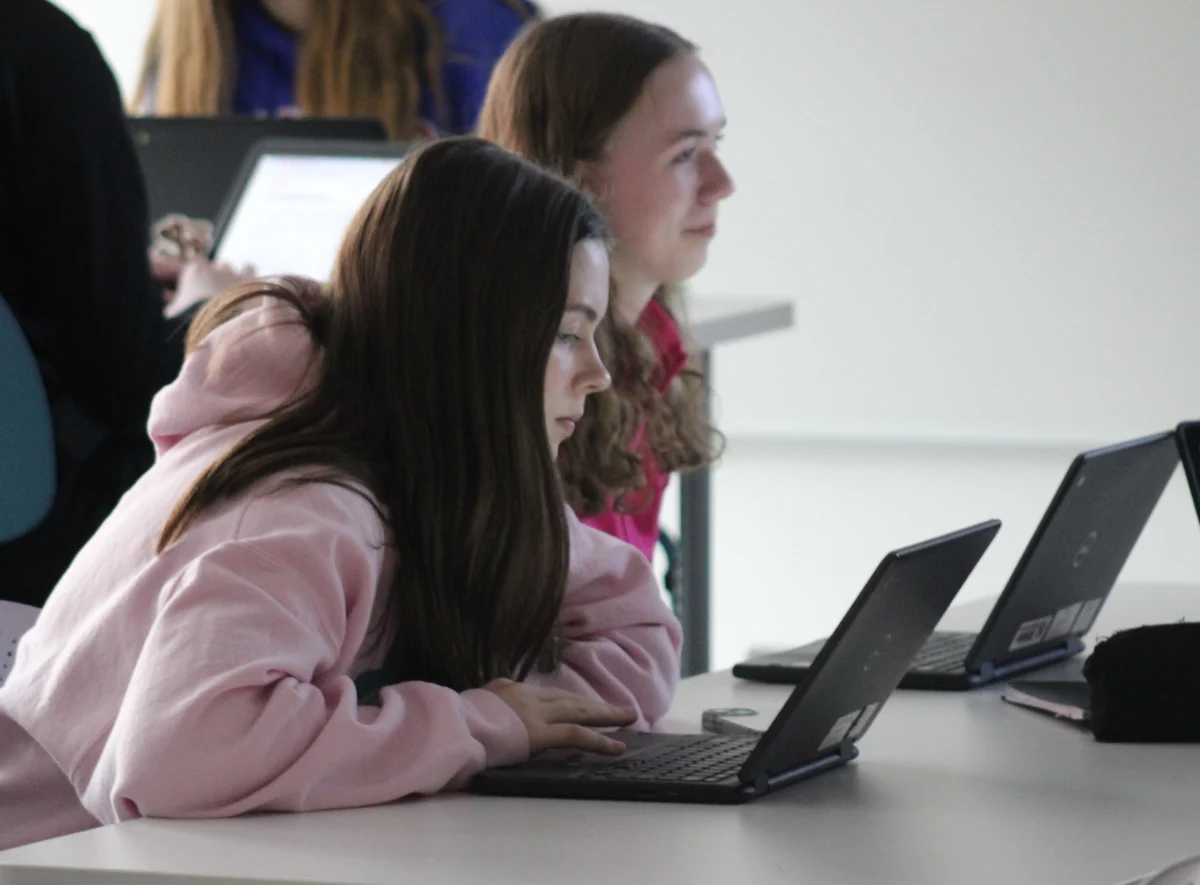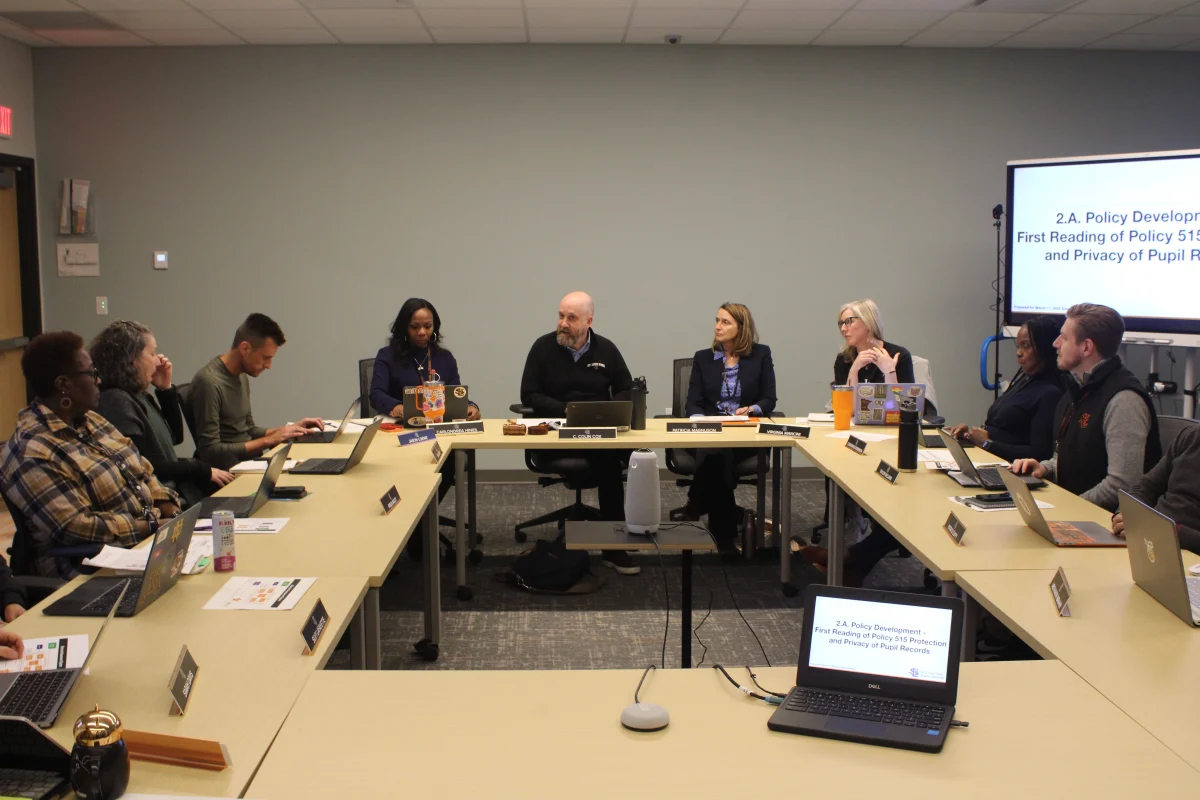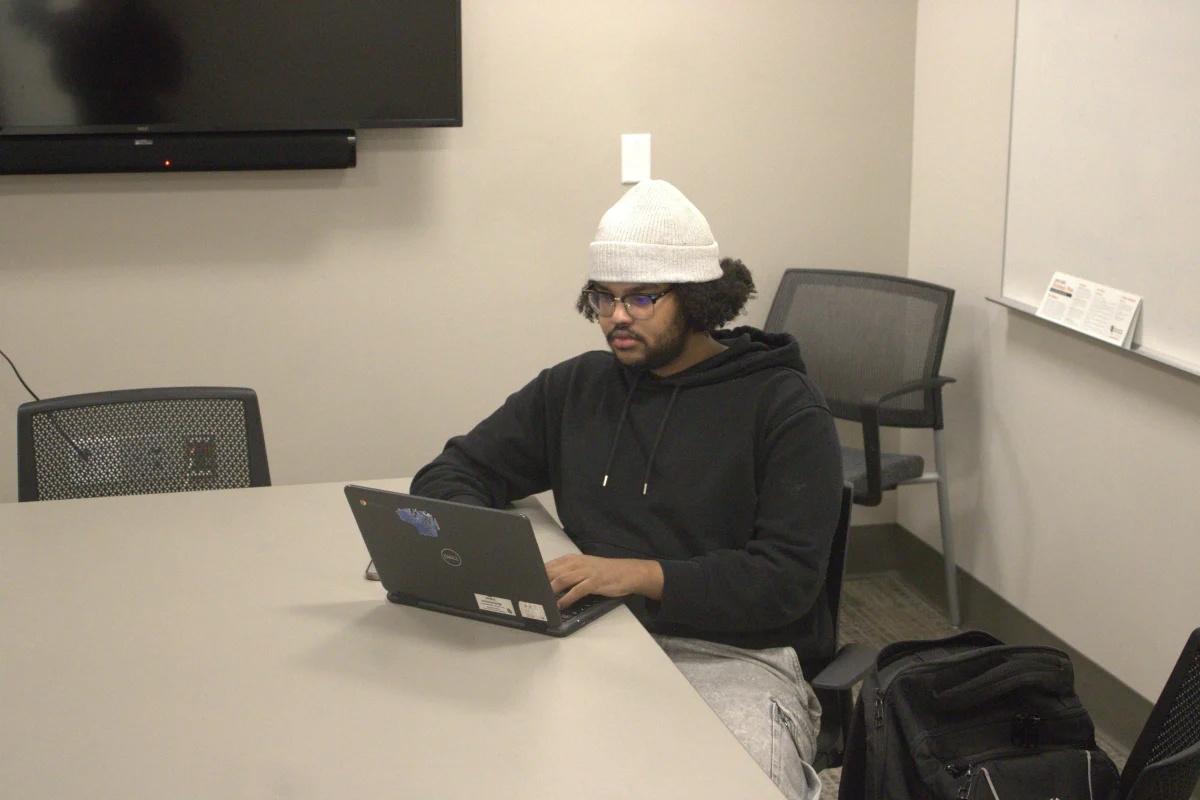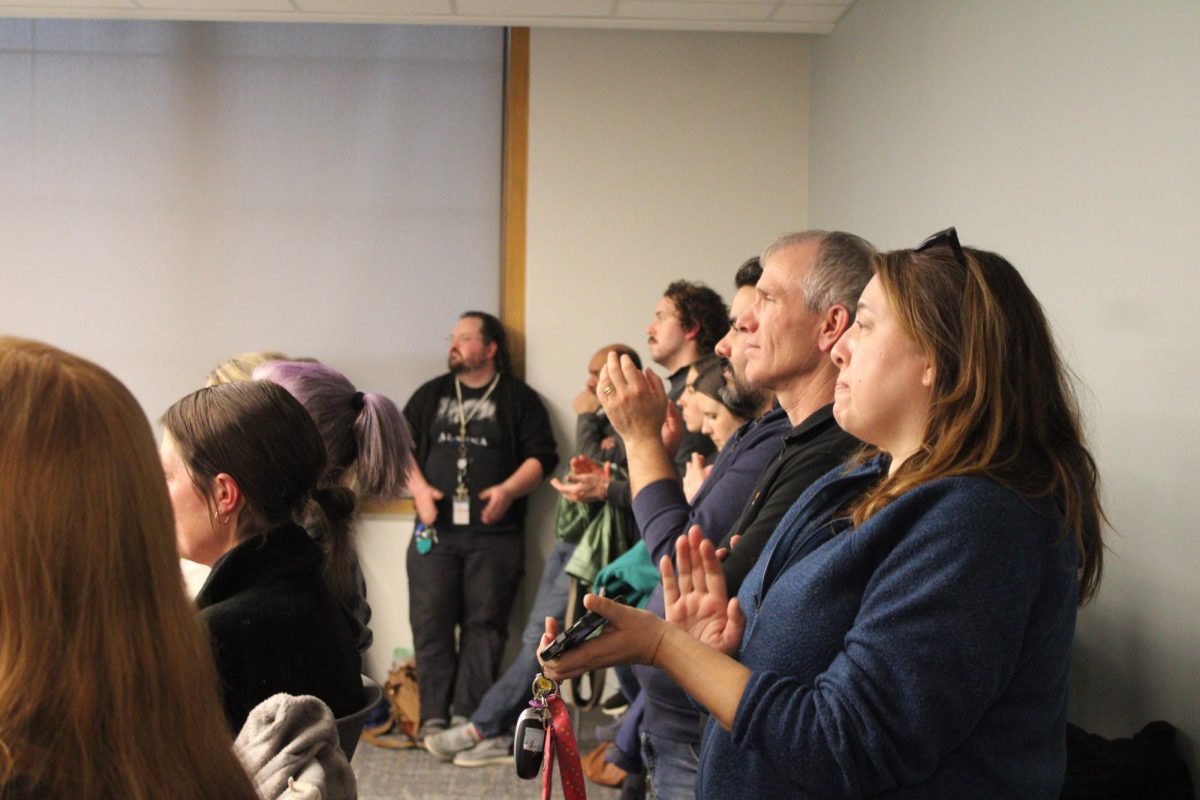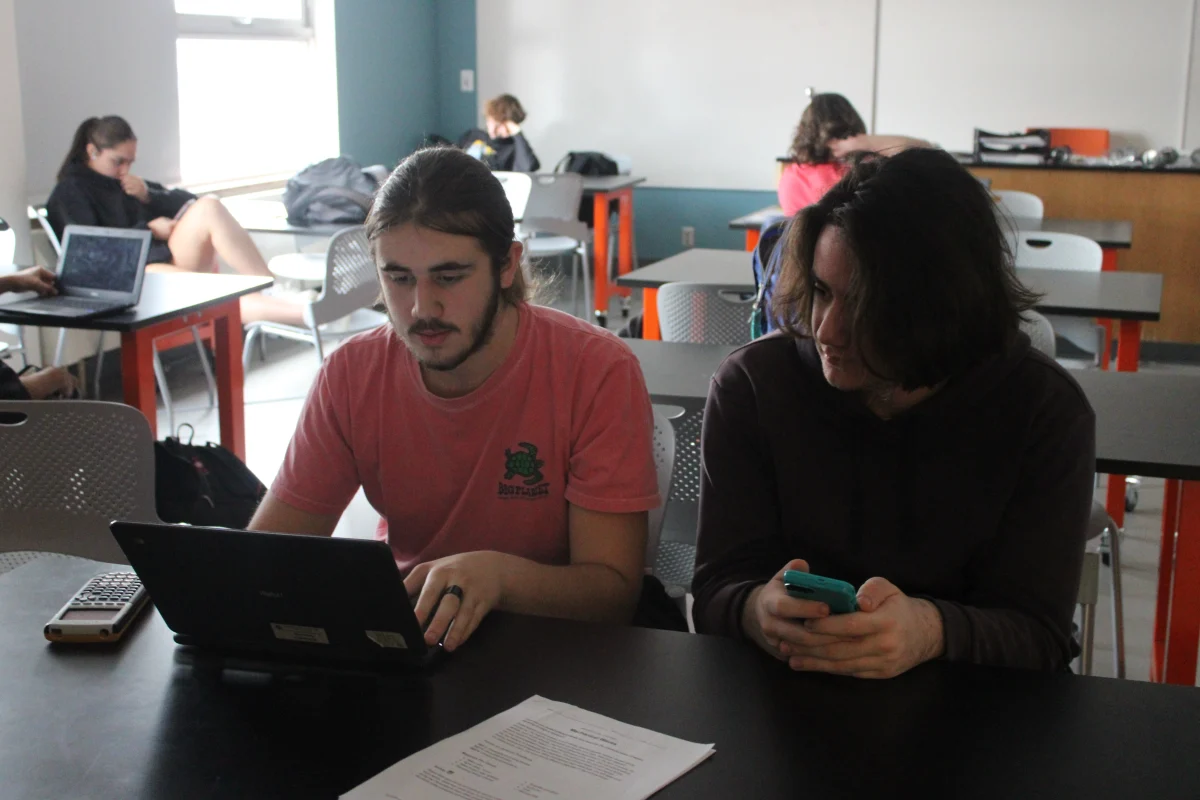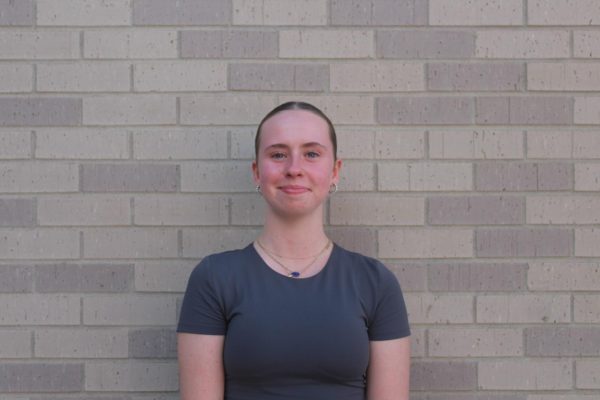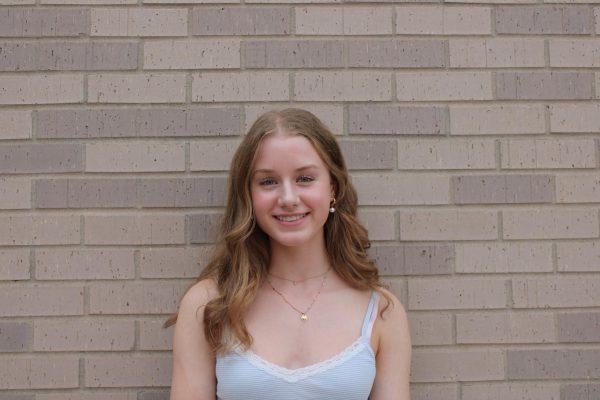Recently, there has been a lot of talk around Park about classroom size and how it affects learning. Teachers and students have expressed mixed opinions regarding the new size of classes.
According to sophomore Owen Anklam, it’s become harder for him to get his work done in class. When less kids are in class, he said it becomes easier to focus because there is less talking and distractions.
“In some classes that have less students it’s a lot easier to focus and get work done,” Anklam said. “When, in other classes with more students, it’s harder to get work done because everyone is talking all the time and you get distracted easily.”
Sophomore Shepard Cox said he does not get enough help in class because there’s a lot of kids in some classes and teachers can not help everyone at the same time.
“I feel like I don’t always get the help I need in class. Classroom sizes are often pretty big, and a lot of kids need help because they don’t pay attention or get lost,” Cox said. “In a class like my English class, we have (about) 30 plus kids and it’s a lot of people to go around and help and I don’t always get the help I need.”
Business teacher Abby Lugo said the class size can often affect her teaching and how she connects with her students in class. She said in smaller classes she finds that she can make better connections with students, which helps her know how to teach them better.
“The YDA (Youth Data Analyst) students, the ones that did the internship this year, they looked at data and talked about how important the relationship between teacher and student is and how that affects learning,” Lugo said. “If we know this, it’s really hard to create relationships and maintain relationships when class sizes are larger.”
Anklam said in his Spanish class there are less kids so his teacher is able to get around helping everyone, unlike in his AP European History class, where there are more students, where he said he feels like he does not get enough help in that class.
“In my Spanish class, there’s less students so our teacher is able to help all of us during class,” Anklam said. “But in my AP Euro class, so many people have questions that it takes a whole class period.”
Cox said classroom size has an effect on the way students can learn. He said teachers usually cannot keep their classrooms under control because there are more kids and more talking.
“When there’s a lot of kids and the teacher can’t get the class under control because the kids are talking, it’s harder for the teacher to teach and then the kids don’t learn and can’t understand what’s going on and it can set everybody back,” Cox said.
Lugo said classroom size affects the way kids can learn when she has to deal with behavioral issues in the classroom, and this can make it hard to create a good learning environment.
“When I have a class of almost 40 kids it’s hard for me to do much more than deal with behavioral issues in the classroom and maintain control and create a learning environment that is good for all students,” Lugo said.
According to Anklam, teachers have a harder time keeping kids quiet because there are too many to control. When teachers can not keep their class under control, he said it makes it harder for students to learn.
“The teacher can’t keep the kids quiet because they can’t discipline all the kids at the same time,” Anklam said. “Our teachers can’t help students because there’s too many to focus on and too many questions to answer.”
Lugo said one of her larger classes went down considerably in size, and she noticed how it affected her relationship with her students.
“One of my larger (classes) went from having 40 something to having 26 or 27 (kids) and it has made a huge difference in the relationships I now have with those students,” Lugo said. “In turn, I can see a difference in the work that they are turning (in) and how they participate in the classroom.”



